I will never forget these guys setting the first footsteps on the moon. Neil Armstrong’s first steps made a deep impression on me. As a small boy of seven, my father woke me up and allowed me to watch the landing on the moon with him in the middle of the night. It was a television broadcast that has stayed with me all my life! It was a very impressive performance. Many years later when I started to get interested in rebreathers I realised that enormous technique had to be involved to get these astronauts there. Now with the appreciated help of Mr. K. Culotta I managed to get pictures of this equipment. The Portable Life Support System (PLSS) for the Apollo A7L Space suits was built by a division of United Aircraft Corporation called Hamilton Standard (now Hamilton Sundstrand). There are related patents issued to United Aircraft which have relation. They are patent numbers 3,170,303; 3,289,748; 3,343,536; and 3,345,641. On the website of Hamilton you will find a huge information source of these space systems.
A special thanks to Mr. Ken Culotta for searching and finding this information!
and to Sonya to send unique pictures from her Private collection!
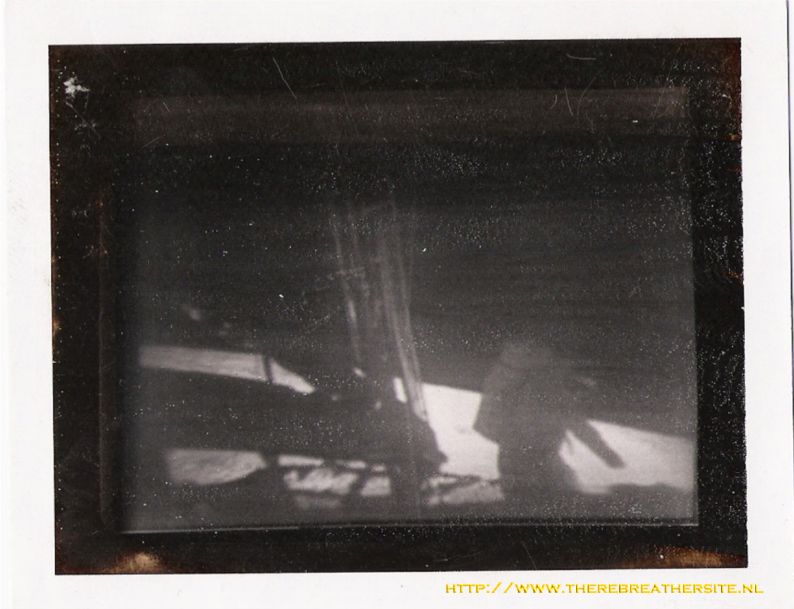

A PLSS (portable life support subsystem) performs the following functions:
- Provides breathing oxygen and controls the pressure of the crewmember’s suit.
- Provides thermal control by cooling and recirculating both the oxygen in the suit and the water in the Liquid Cooling Ventilation Garment (LCVG).
- Removes humidity, odours, carbon dioxide and other contaminants from the recirculating oxygen.
- Provides communications for the suited crewmembers.
- Provides sensing of important system parameters.
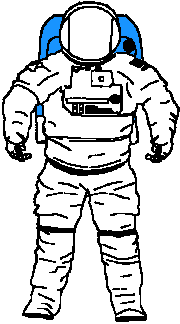
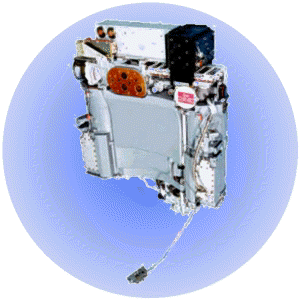
The PLSS includes oxygen bottles, water storage tanks, a sublimator, a fan/separator/pump/motor assembly, a contaminant control cartridge, various regulators, valves and sensors, communications and the microprocessor caution and warning system module.
System ventilation airflow enters the suit from the PLSS at the helmet and flows from behind the head, over the face and down through the suit. Oxygen, carbon dioxide and water vapour from breathing leave the suit through the liquid-cooling and ventilation garment near the astronaut’s elbows and feet and return to the PLSS.
The flow first goes through the PLSS contaminant-control cartridge, where activated charcoal and lithium hydroxide remove odours and carbon dioxide. Next, it passes through a fan that maintains a flow of about six cubic feet per minute. Gas flow is then routed to the sublimator, a cooling device which condenses water vapour and permits its removal by a slurper and by the rotary separator. The water that is removed from the gas flow is pumped primarily into the PLSS water storage tanks for reuse in cooling the astronaut.
The sublimator also cools the ventilation flow to about 12° C. The oxygen then moves through a flow sensor and back to the suit inlet. Oxygen is added, as needed, to the ventilation flow from the primary oxygen tanks, entering the ventilation loop downstream of the flow sensor. Suit pressure is maintained at approximately 0.7 psid (0,047 bar)(15 psid = 1 bar) above ambient pressure* in the intravehicular mode, and at 4.3 psid (0,29 bar)(15 psid = 1 bar)in the extravehicular mode. The astronaut selects the mode by manually operating an actuator located on the display and control module.
“above ambient pressure” addition thanks to Klaus Jaeckle
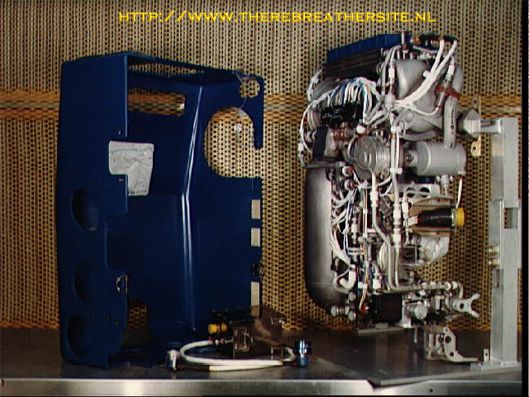
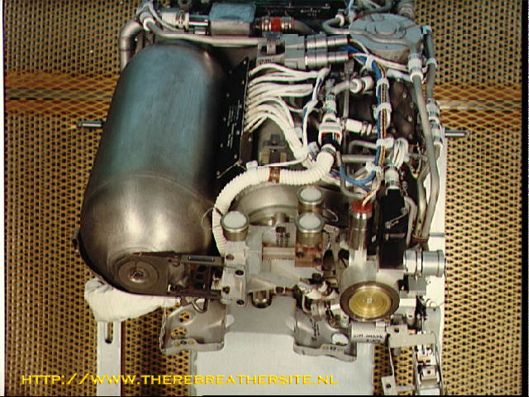
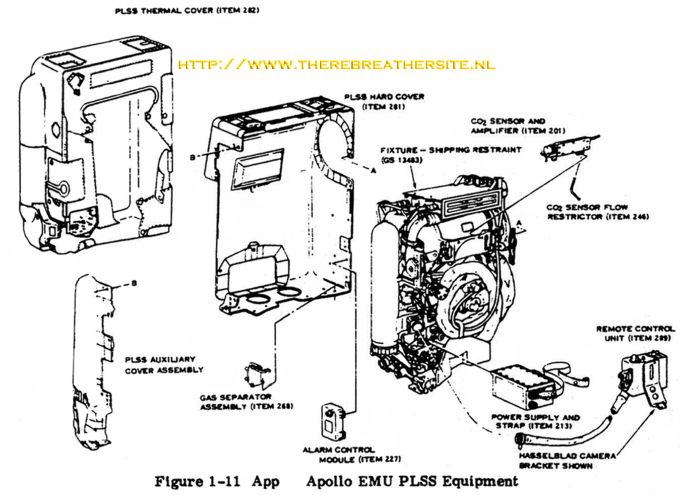
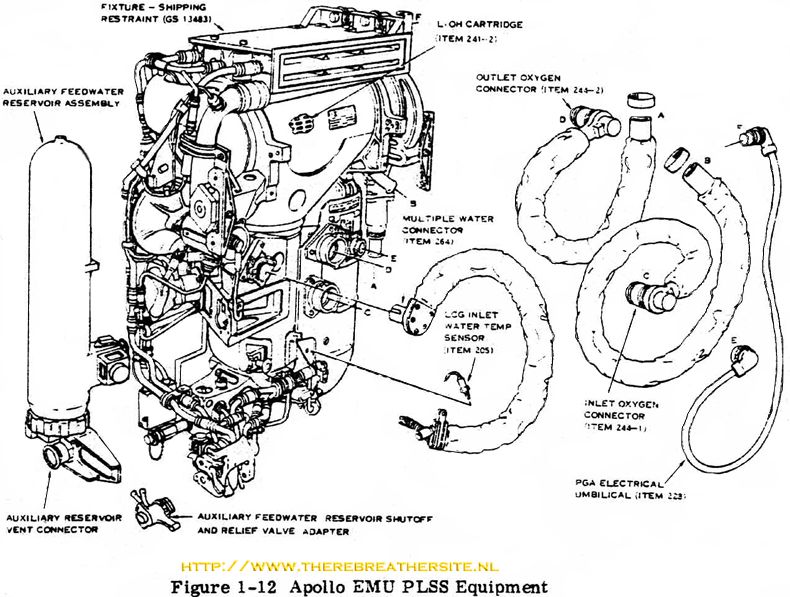
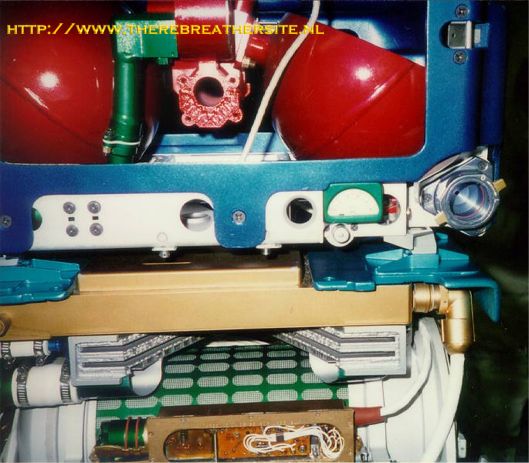

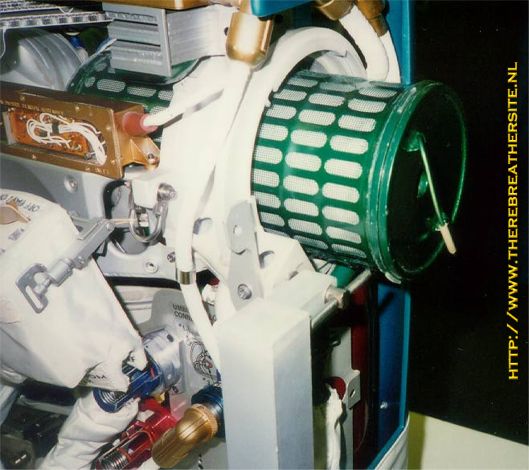
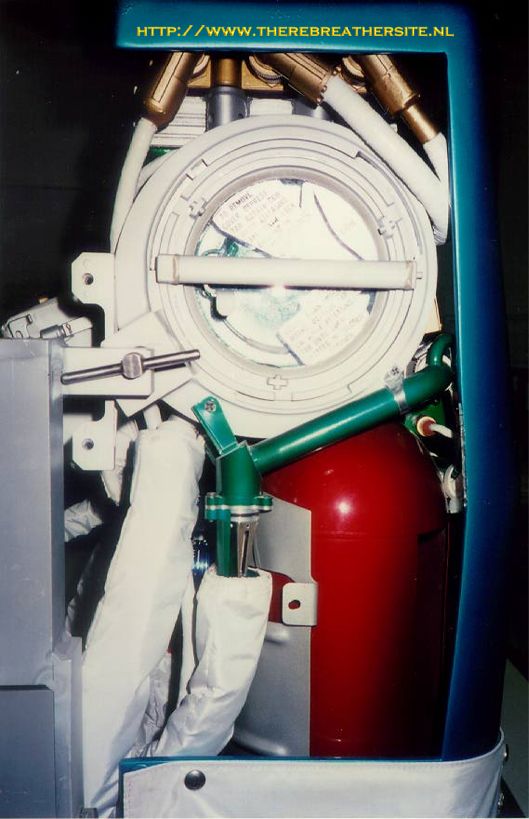
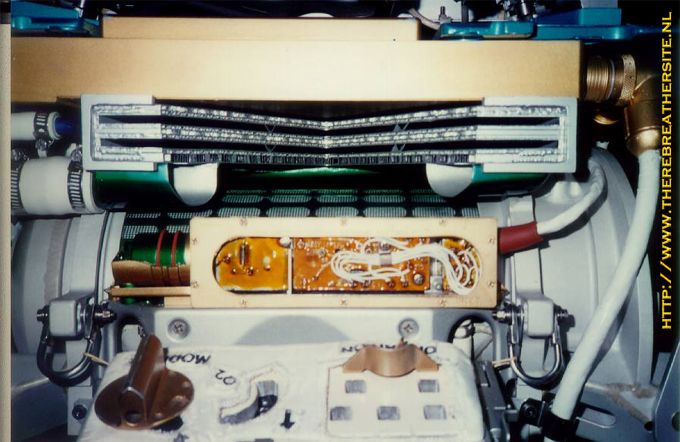
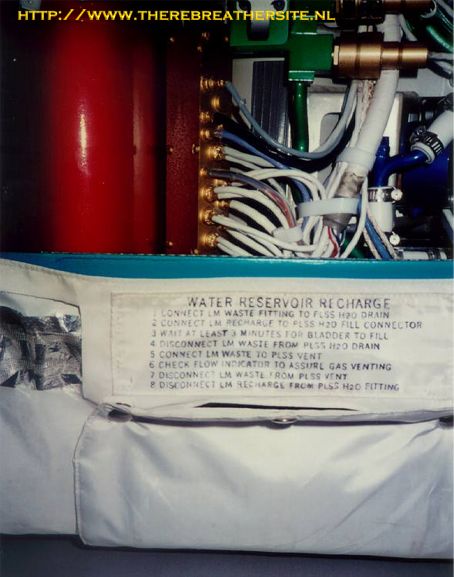
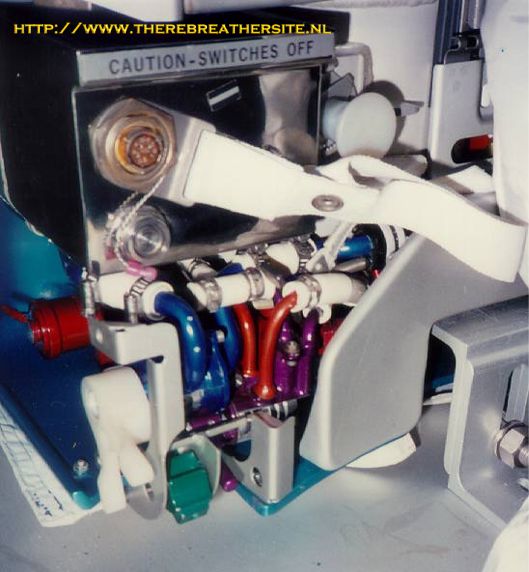
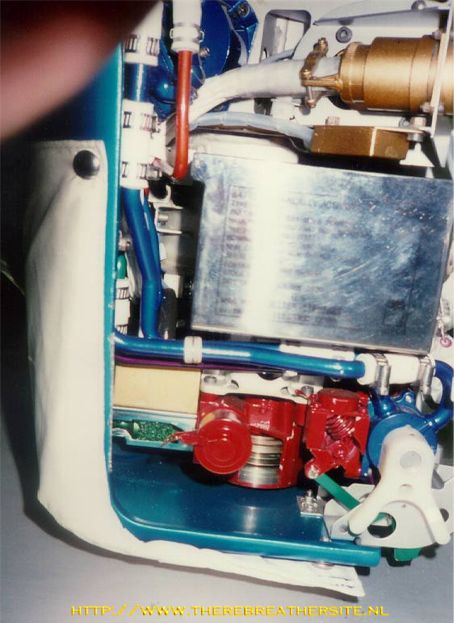
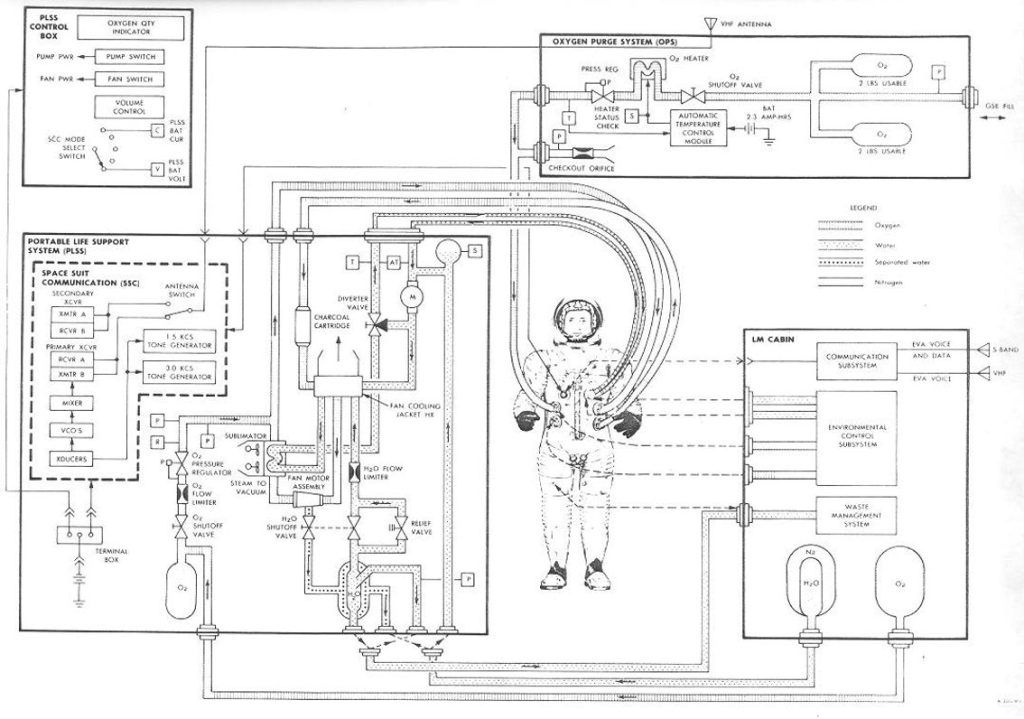
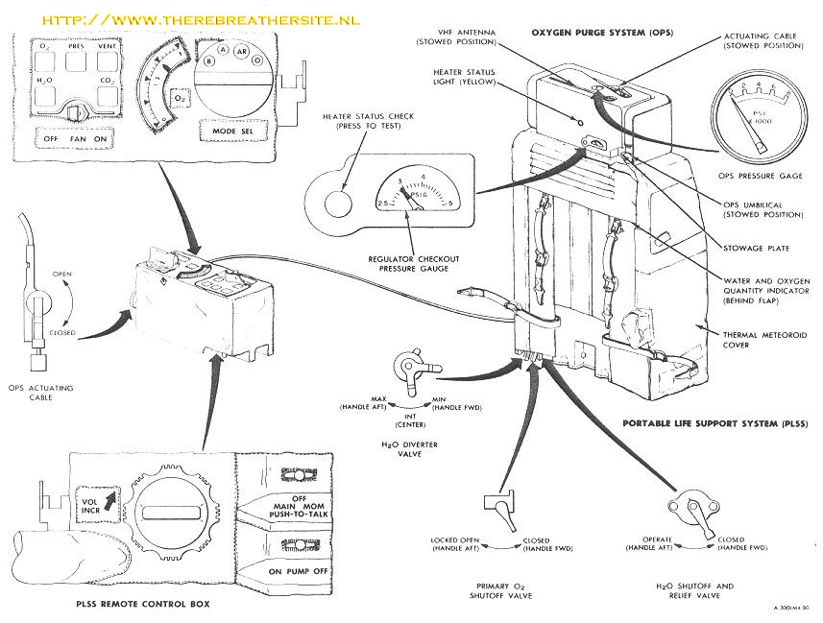

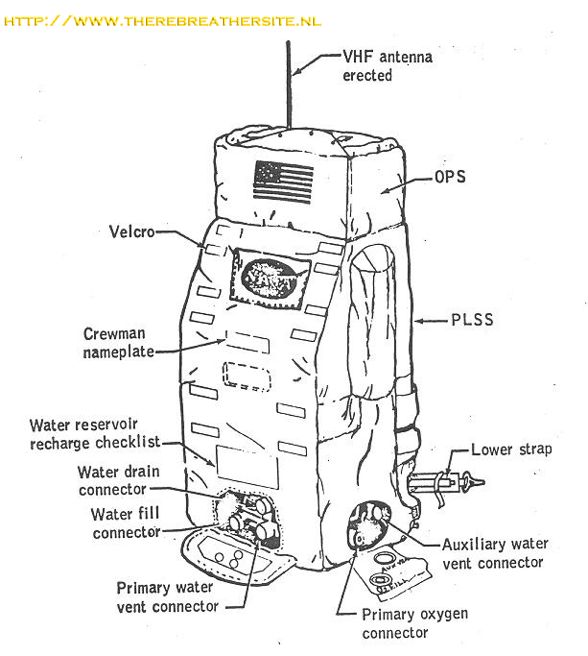
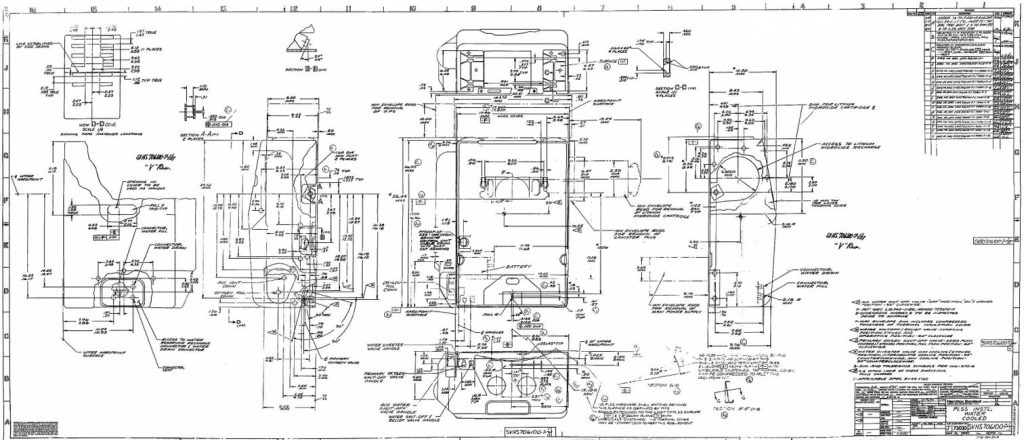
I am very pleased to be able to show you these spectacular pictures of the astronauts preparing there space trip. Sonya, thank you so much providing me with these unique pictures. Now they are shared worldwide. A treasure!
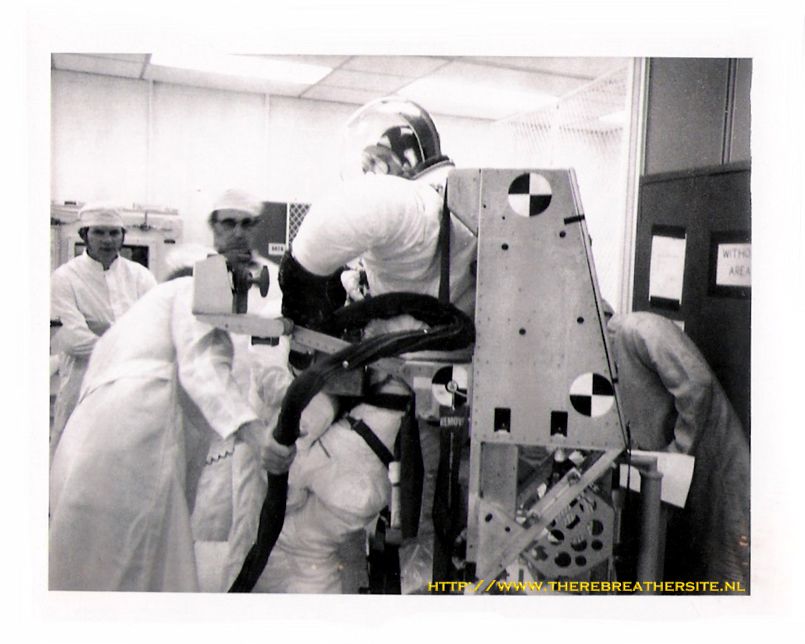
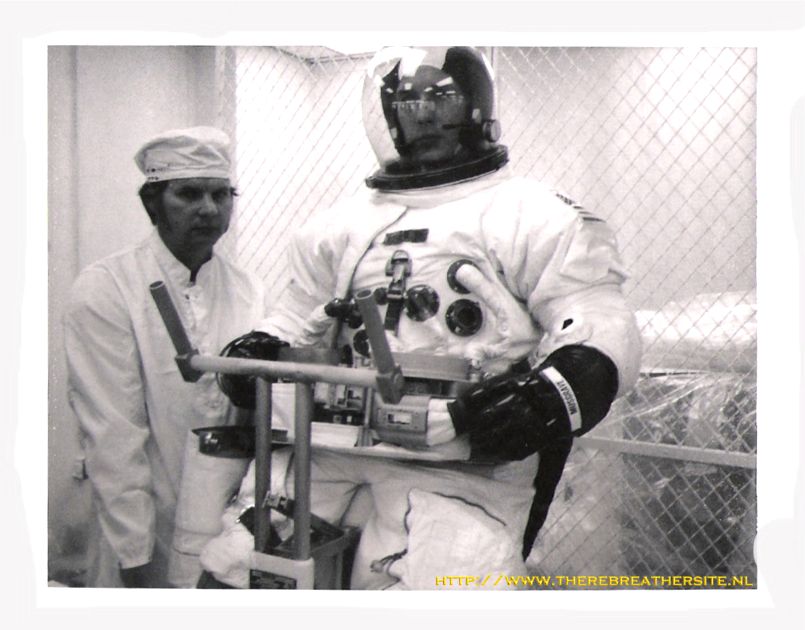
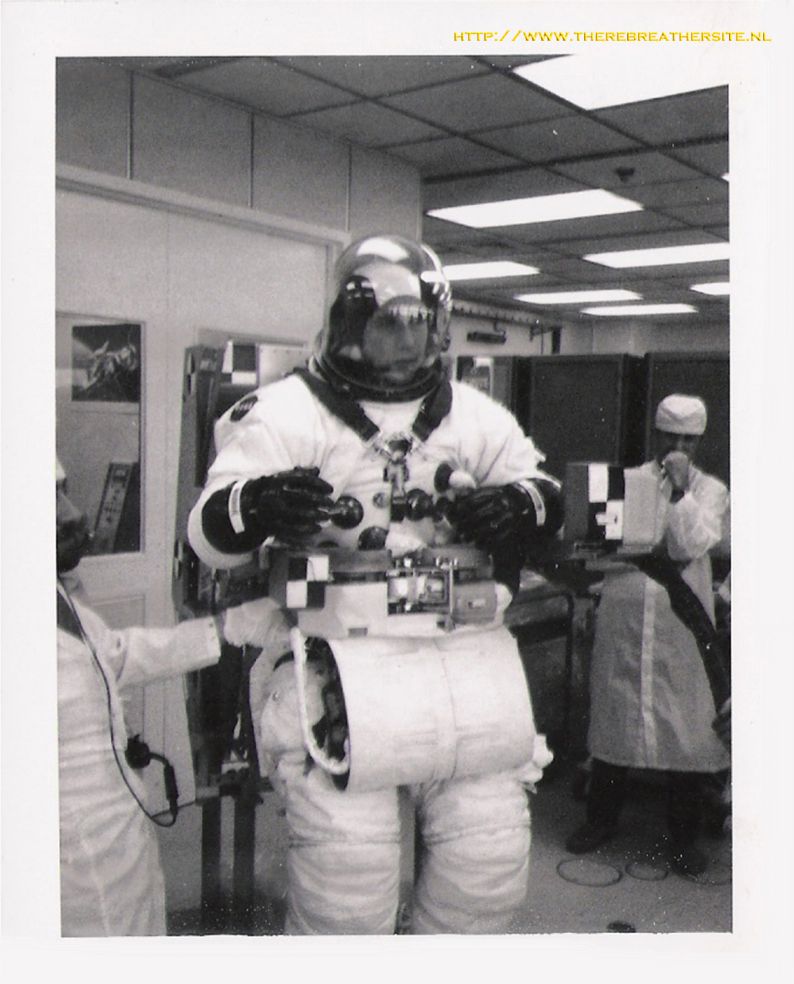
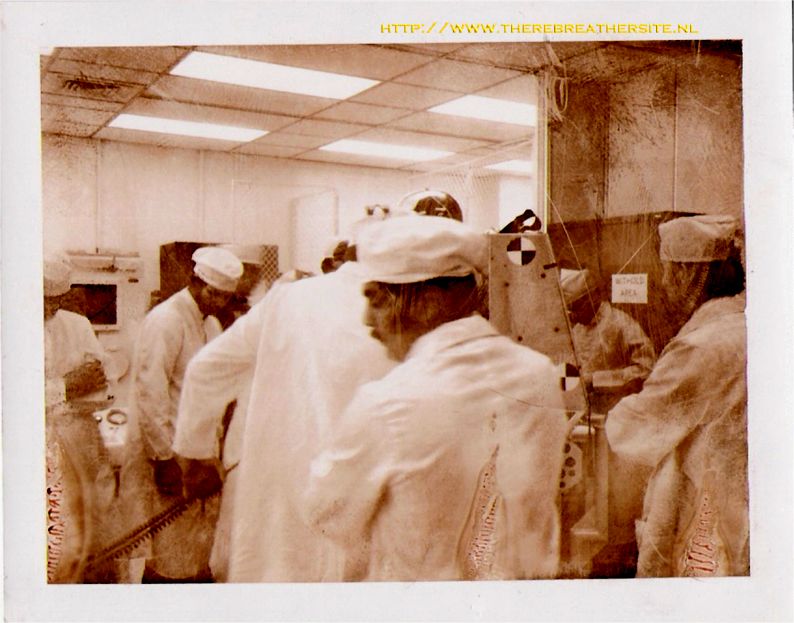


Therebreathersite was founded by Jan Willem Bech in 1999. After a diving career of many years, he decided to start technical diving in 1999. He immediately noticed that at that time there was almost no website that contained the history of closed breathing systems. The start for the website led to a huge collection that offered about 1,300 pages of information until 2019. In 2019, a fresh start was made with the website now freely available online for everyone. Therebreathersite is a source of information for divers, researchers, technicians and students. I hope you enjoy browsing the content!
